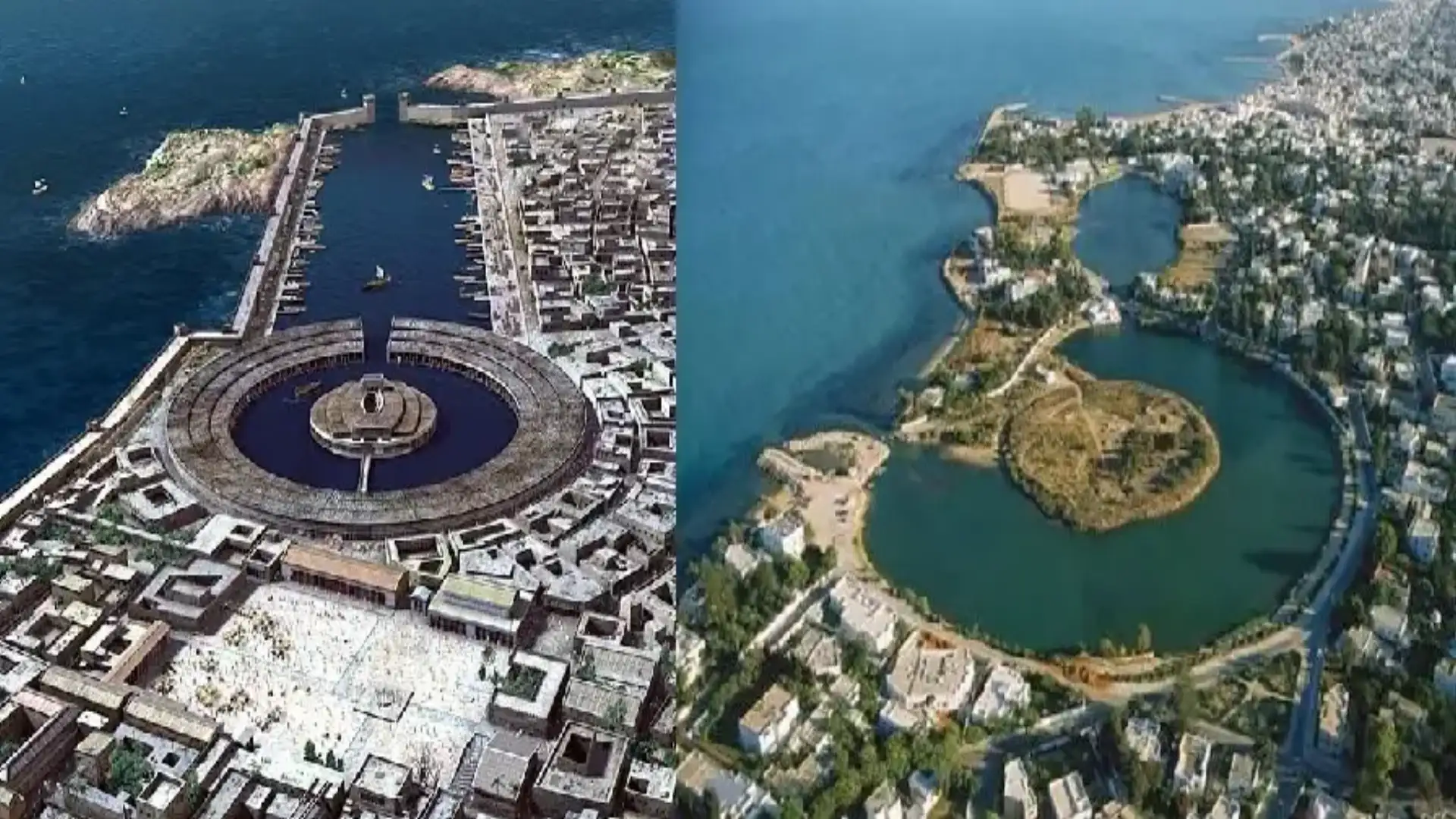
The public-Roman ports of Cartago the eighth wonder of the Antigüo World
The public-Roman ports of Cartago the eighth wonder of the Antigüo World
The legendary Cartago located in the current capital of Tunisia was one of the most important cities of ancient times. Founded by the Phoenicians, he had for his greatest enemies the Romans, who were disputed over the rule in the Mediterranean, which caused among them three great wars known as the Pune Wars, which finally had the crushing victory of Rome that was made with the maritime command in the Mare Nostum, until then in the hands of the Carthaginese. It is no secret that until these war clashes took place between the two powers of the known world, the Romans were at full disadvantage with Cartago on the maritime issue, and one of the great examples of them were the spectacular Ports of Cartago, which could perfectly have the label of "the eighth wonder of the Old World."
They were located very close to the Carthaginese forum and now there are two small lagoons as a testimony of its splendor: "El Cothou" marked by a circular depression of about 1200 meters in diameter was the Military Port of Cartago... in the center it has an islet that is 106 meters in diameter and is linked to land by a road of 9.60 meters in width. The chronicles say that in the center of the islet was the admiral's pavilion and that in that port 120 bays could be housed, finding in its calets the arsenals. The Cartago Commercial Port had a rectangular shape, which was connected by a narrow "gulet" with the "El Cothou" having a width of about 70 Roman feet. At present both ports occupy an area of 14 hectares, and Roman docks can still be recognized with a length of about 400 meters. At the mouth of the ports you can still find a hatch, built by Scipion to close in full war the entrances to both facilities. In the time of Justinian, the Ports of Carthage were called "Mandracium" and Solomon the Roman governor of the province had a fortified monastery built next to him.
Apiano text (1) on the ports of Cartago
"The ports of Cartago were arranged in such a way that the ships could pass from one to another; they accessed from the sea through an entrance of about 21 meters wide, which was closed with an iron chain. The first port, reserved for the merchant, was equipped with numerous and varied moorings. In the middle of the inner port there was an island. The island and the port were bordered by large quay. Along these docks there were hangars, which could house 220 warships, and on the hangars were raised warehouses for the gear. In front of each hangar two Ionian columns were raised, which gave the circumference of the port and the island the look of portico. On the island a pavilion was built for the admiral and from that construction the signs of the trumpets and the calls of the heralds left. From there, the admiral was exercising his surveillance. The island was located in front of the entrance and was at a higher height: so the admiral saw what was happening at sea, while those who came from beyond could not clearly distinguish the interior of the port. The arsenals were invisible even to merchant ships: they were surrounded by a double wall and equipped with doors, which allowed the merchant to pass from the first port to the city, without being able to pass through the arsenals."
(1) Natural of Alexandria, held high positions as an official in Egypt at the time of Antonino Pio (2nd century d. C.). He held various administrative positions in Alexandria, then served as a lawyer and finished his career as a procurator of Emperor Antonino Pio. He wrote an extensive history of Rome of 24 volumes, ranging from its foundation to the death of Trajano.
Manuel Pedro Seoane, President of the Hermeric Association
© 2024 Nautica Digital Europe - www.nauticadigital.eu












